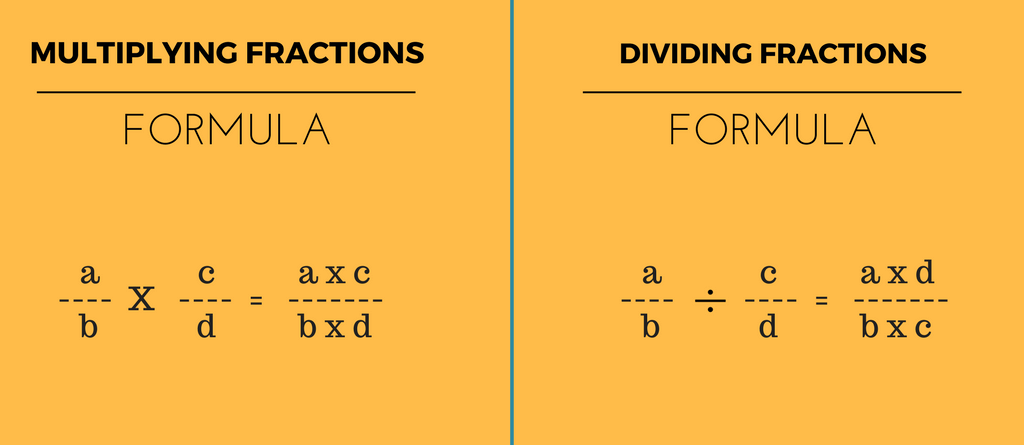
By starting in a child's infancy with topics parents know well, and becoming comfortable with including math in daily conversations, parents can develop a bond with their child that will allow them to continue to explore mathematical ideas and support their child s learning throughout the grade-school years. Many family pastimes can include math in a natural way while they build a child s foundation in math. This new book from NCTM is intended to help parents develop a positive relationship with their children by offering useful approaches learning math and including activities that make math a source of fun. What if I never liked math or didn t do well in it myself? How can I help my child learn math without the anxiety that so often accompanies this subject? Parents of all backgrounds those whose knowledge of math is small and those who use it daily in their work share this concern.

Reduce the end fraction to the lowest terms, if needed. The end fraction will have as a denominator the least common multiple, LCM, calculated above.In order to add all the fractions simply add all the fractions' numerators.At this point, fractions are built up to the same denominator.Multiply each fraction's both numerator and denominator by expanding number.Divide the least common multiple, LCM, calculated above, by each fraction's denominator, in order to calculate each fraction's expanding number.The expanding number is the non-zero number that will be used to multiply both the numerator and the denominator of each fraction, in order to build all the fractions up to the same common denominator.Calculate each fraction's expanding number: Calculate LCM, the least common multiple of numbers.The least common multiple, LCM, is the product of all the unique prime factors of the denominators, taken by the largest exponents.Factor all the new denominators of the reduced fractions (run the prime factorization).LCM is going to be the common denominator of the added fractions.Calculate the least common multiple, LCM, of all the fractions' new denominators: Reduce (simplify) fractions online to their lowest terms, with explanations.Divide the numerator and the denominator of each fraction by their greatest common factor, GCF - after this operation the fraction is reduced to its lowest terms equivalent.Calculate online the greatest common factor, GCF.GCF is the product of all the unique common prime factors of the numerator and the denominator, taken by the lowest exponents.Calculate GCF, the greatest common factor (also called GCD, greatest common divisor, HCF, greatest common factor) of each fraction's numerator and denominator.Factor numbers online down to their prime factors.Factor the numerator and the denominator of each fraction down to prime factors (prime factorization).

Reduce the fractions to the lowest terms (simplifying). To add fractions with different denominators (unlike denominators), build up the fractions to the same denominator.
#ADD AND SUBTRACT FRACTIONS CALCULATOR HOW TO#

There are two cases regarding the denominators when we add ordinary fractions:


 0 kommentar(er)
0 kommentar(er)
